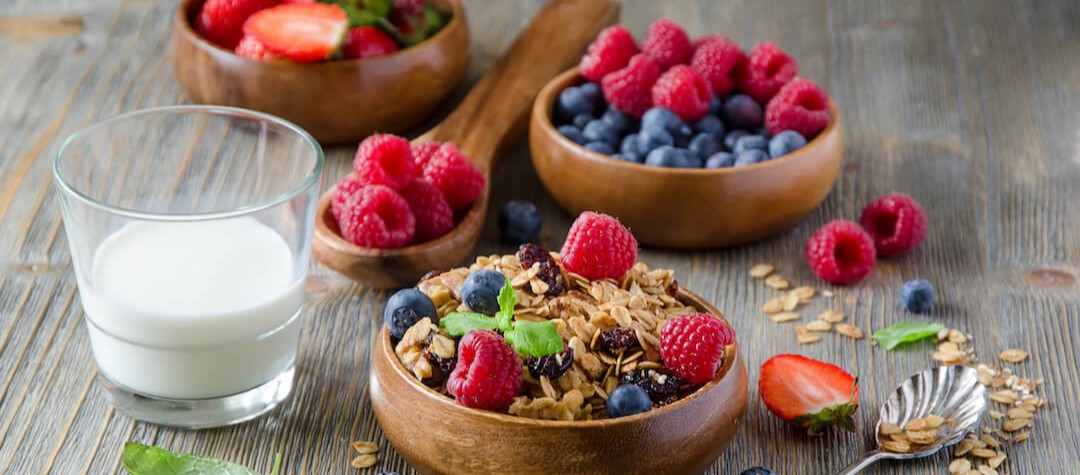We’d all like to be perfect runners and we’d all like to have the perfect diet. But although it seems overwhelming at first, the reality is that any organised approach to running, fitness and nutrition really isn’t that difficult to master. You can eat healthily, but you just have to plan it.
Have a nutritional plan
Now you’ve started your assault on a certain race or distance, you’re probably obsessing in the best possible way about kit, training techniques, cross training and new running shoes. So why would you ignore another terrific asset, which could also make a contribution to your best possible performance? Yes, we’re talking about your diet.
Like all things connected with running, research is the key to success. Although there are thousands of items available in supermarkets to choose from, there are also thousands of blogs, books, articles and recipes to look through. All of them will give you a wide spectrum of advice in terms of what you should be eating and when.
In broad terms you need to establish a diet that consists mainly of the following:
- Carbohydrates (around 60 per cent)
- Protein (around 20 per cent)
- Fat (saturated and unsaturated) fruit and vegetables to make up the rest
Breakfast
Oatmeal is a terrific way to start the day. It’s carb-rich and tasty with some fresh fruit or honey. Or you could try a bagel with low fat jam/jelly or even honey. A lot of runners swear by the old favourite, a toasted bagel with peanut butter, which acts as the perfect pre-race or workout breakfast. Or how about a boiled egg with toast or even some pancakes?
Cereals are a great source of carbs and fibre, so something like muesli with seeds or nuts ticks all the boxes. But be careful about some cereals like granola, which are high in carbohydrate content, but also high in fat.
Fresh fruit with low fat yogurt would also work, and think berries here, as they are a fantastic source of antioxidants and vitamins. Blueberries, strawberries; goji berries, loganberries and raspberries, are all brilliant with yogurt or porridge. Or you could go for some wholemeal or wholegrain toast and low fat jam/jelly.
And wash it all down with some coffee . It’s a stimulant to get you going and feel good about doing some exercise. And it accelerates the body’s ability to burn fat and helps with the recovery process, so it’s brilliant. Remember variety is essential. Don’t get stuck in a breakfast rut you can’t get out of. If you get bored with the same things, you won’t stick to the plan.
Lunch
This might be the time you want to introduce some protein. Runners often think that this means eating lots of meat, but that isn’t the case. Vegetarians have found ingenious ways of regulating their diet without meat and you can find protein in all sorts of vegetables, beans (especially black beans) and nuts.
Broadly speaking fish or meat, or cottage cheese, pulses, lentils, beans or hummus, will all provide protein and are great in salads or with jacket potatoes. If you prefer a sandwich, again cheese, meat or fish would work. And don’t forget to incorporate lots of salad with it, or indeed ditch the bread and go for a salad on its own.
Make sure you have as many different vegetables in your salad as possible and experiment with your food. Try beetroot instead of cheese, or celery instead of cucumber. A brown rice or noodle salad is terrific with meat, fish, or vegetables. Soup is another firm favourite and you can add protein to this in the form of beans and seeds and have some wholemeal or whole grain toast with it.
Dinner
Again protein should be an element of your dinner, so fish, meat, cheese, pulses, lentils etc should be a mainstay. Pasta, rice, couscous, millet, potatoes, jacket potatoes and noodles are all great ways of getting carbs into the evening meal. And go to town on the vegetables while making sure you maintain a good variety.
If you wish, try and incorporate simple seasoning and sauces with your main course. And if you want to have dessert, go for fresh fruit or low fat yogurt or some dark chocolate as a real treat.
Snacks
This is the area where you can be very creative. Try making your own fruit smoothies with low fat yogurt and fruit and/or honey. You can add nuts and seeds to really get the best out of it. Oatcakes and rice cakes are a great carb heavy snack, with hummus or peanut butter.
Fresh fruit, dried fruit, nuts and seeds to graze on are also terrific. And any kind of vegetable crudities again with hummus or without, are another great way of hitting your protein and carb marks. Fresh fruit is always a winner and look at things like satsumas and grapes in particular. Low in calories and high in vitamins, they are an easy to carry snack.
General tips
- Always try lots of different things in different ways.
- Make sure you vary your diet and your intake of your favourite things.
- Experiment with new recipes and new sauces.
- Try cooking your meat and vegetables in new ways, to keep you on track.
The key is to keep enjoying the food you eat while really making it work for you and your endurance/fitness/performance.














